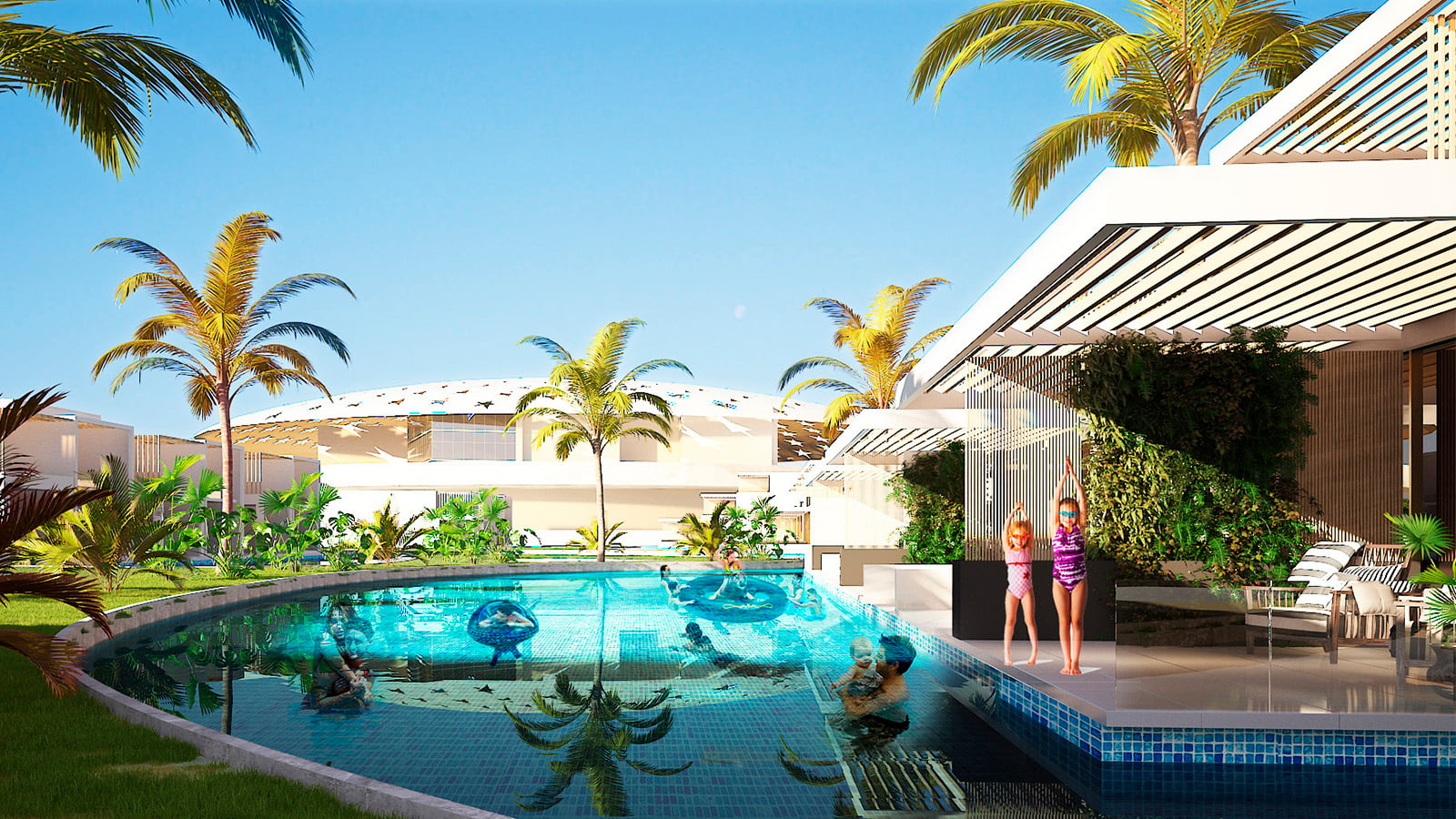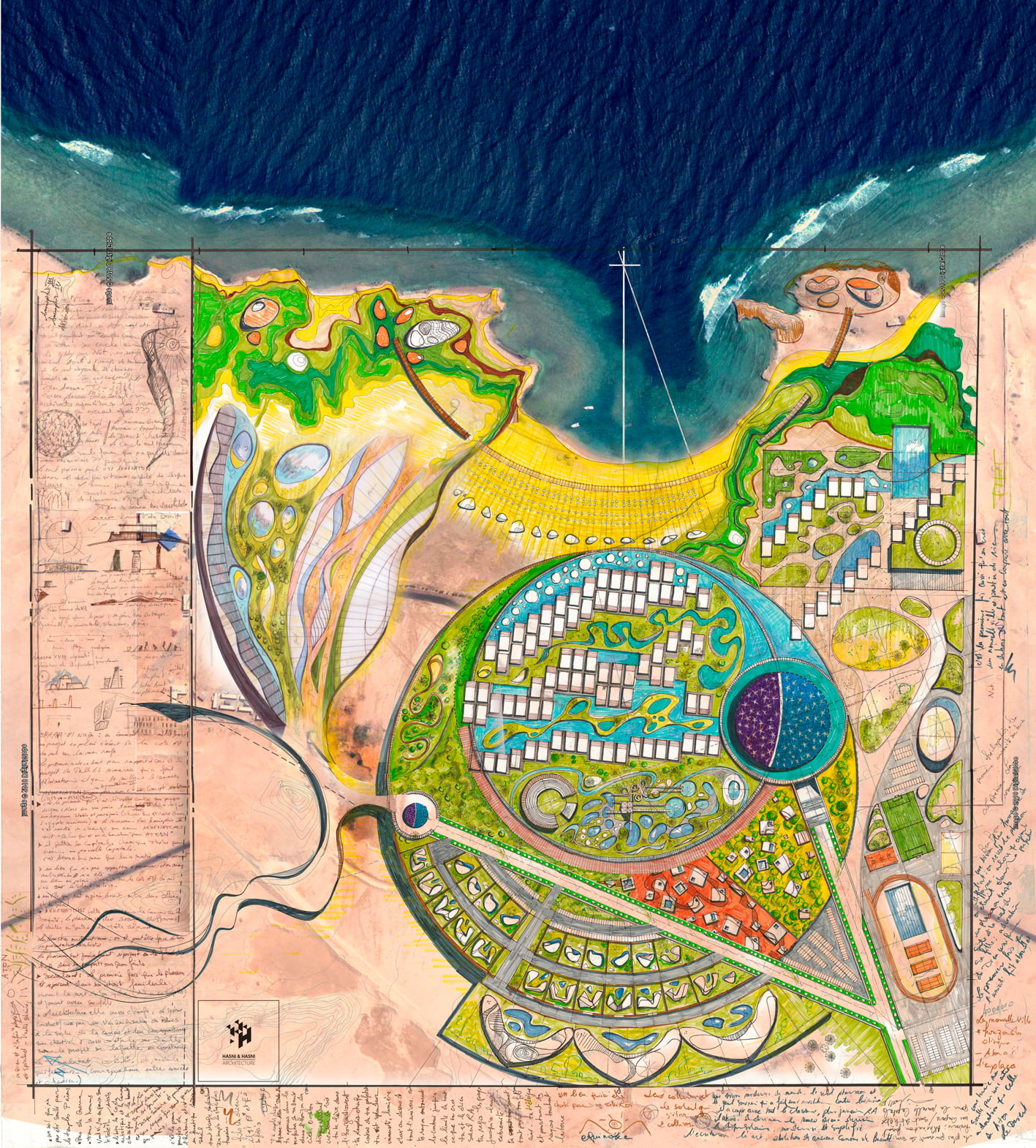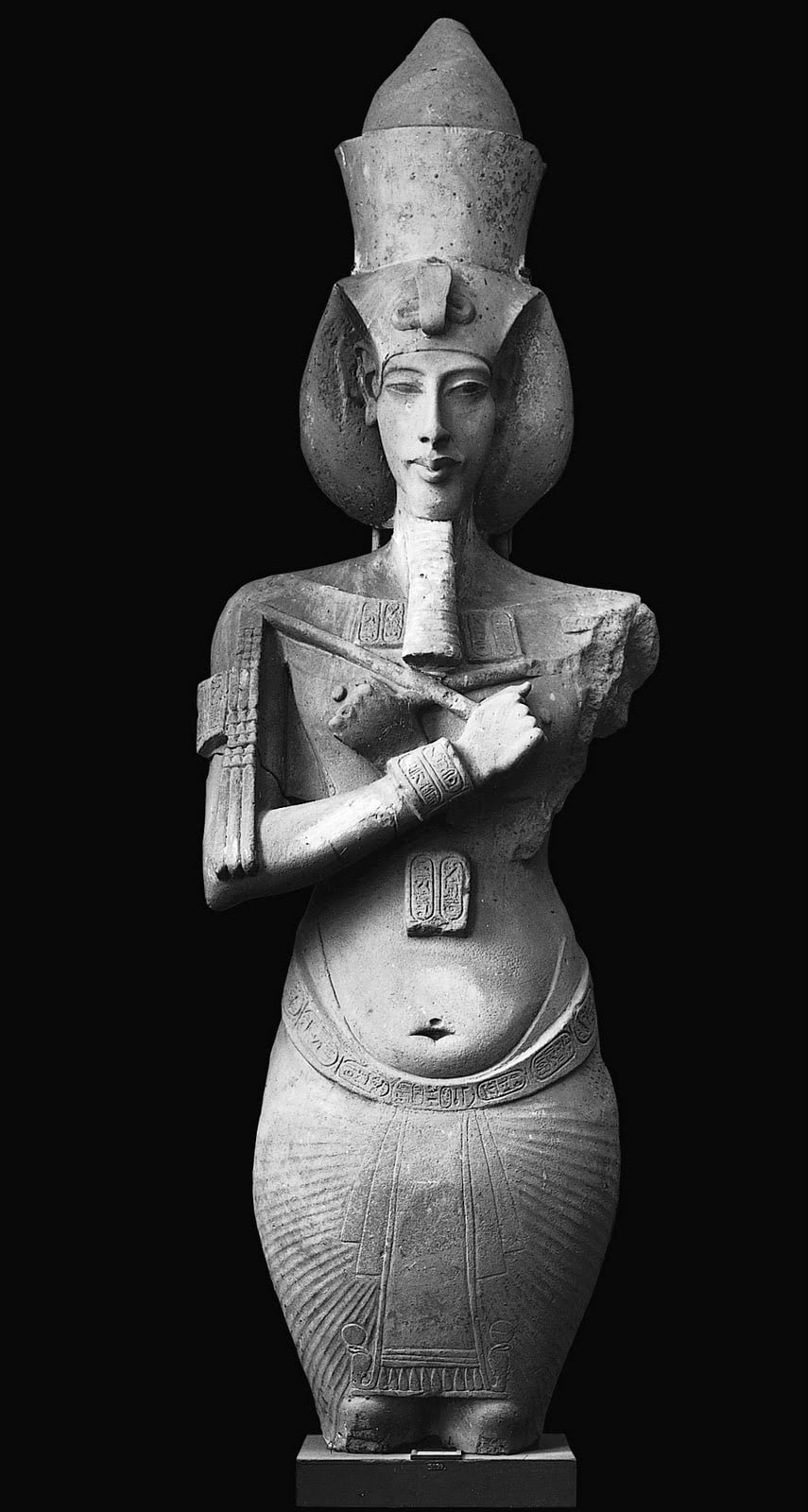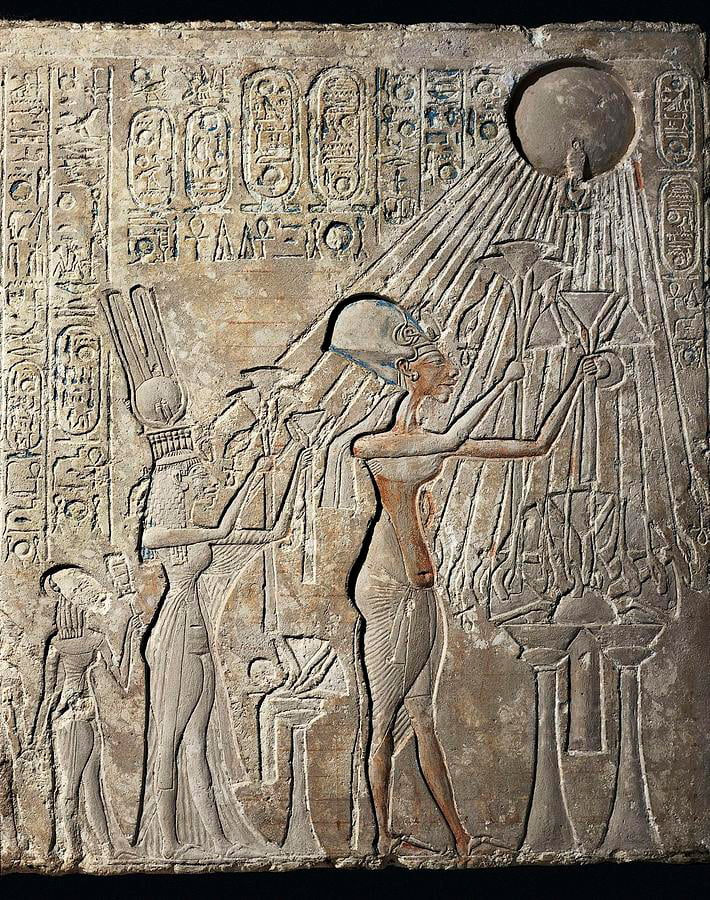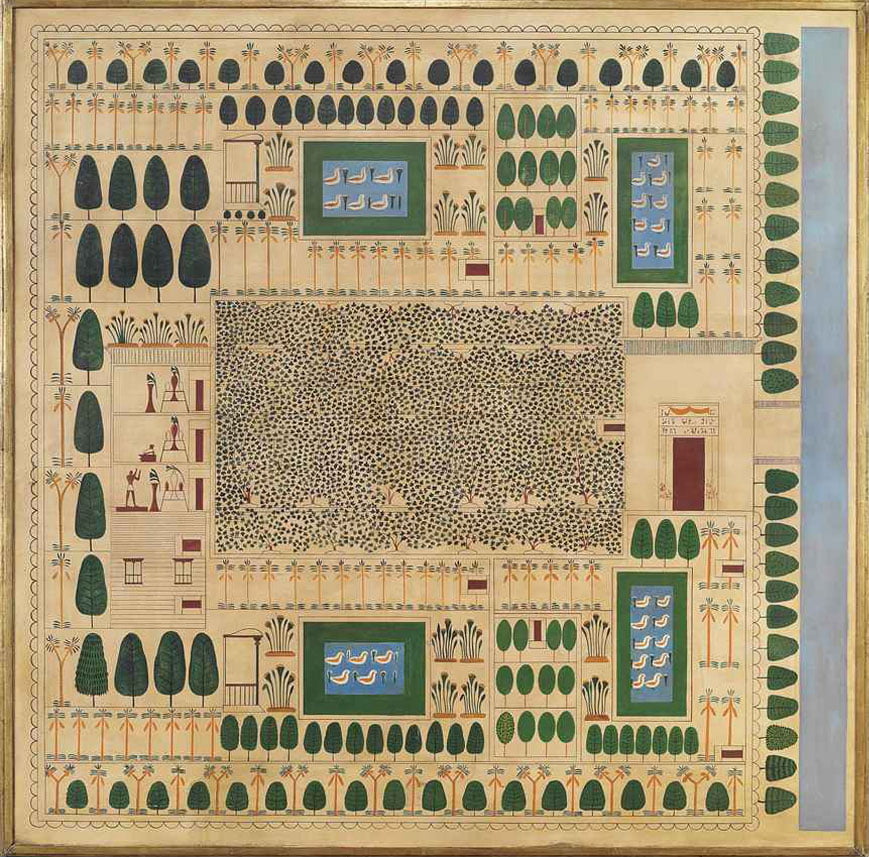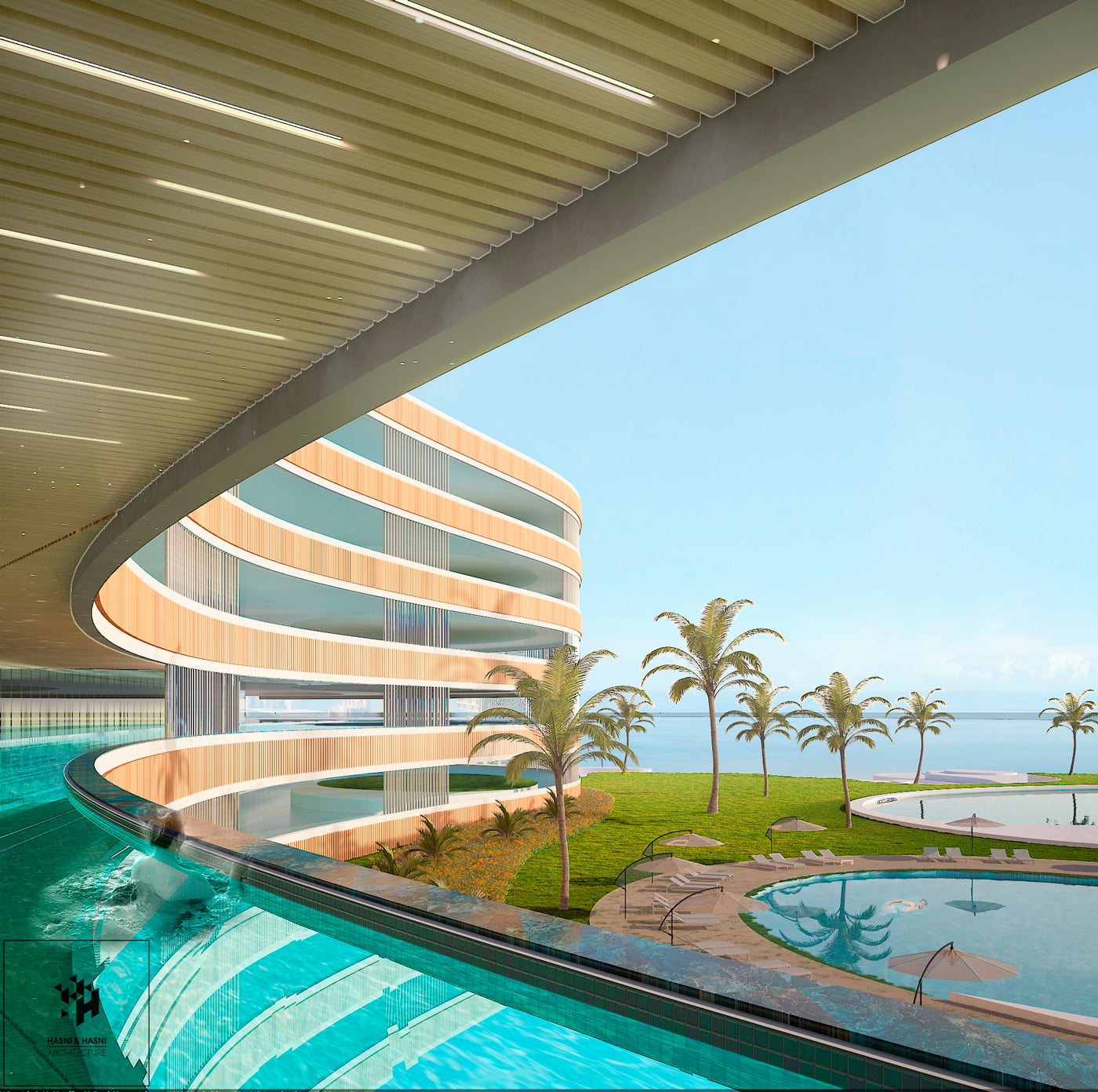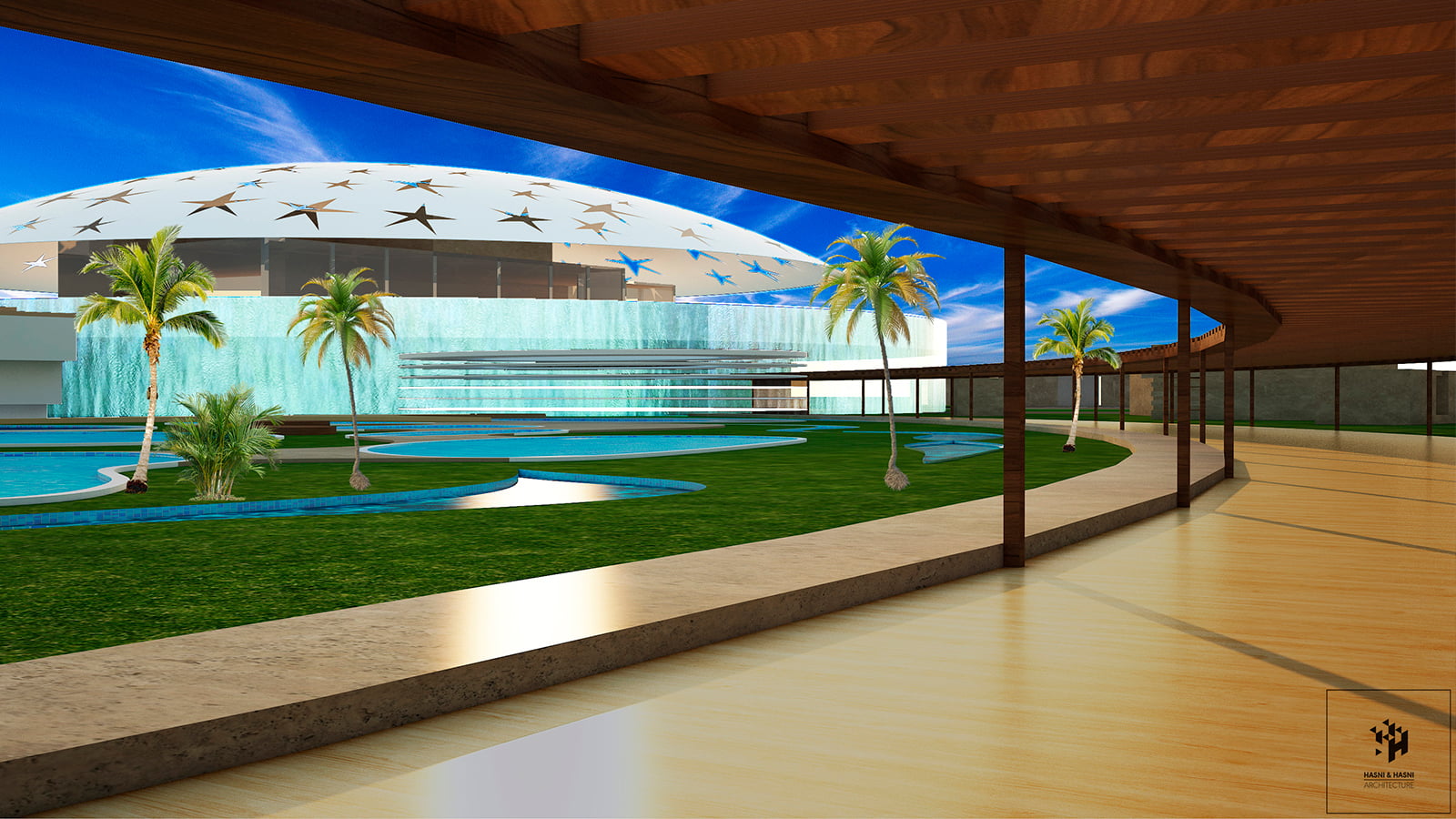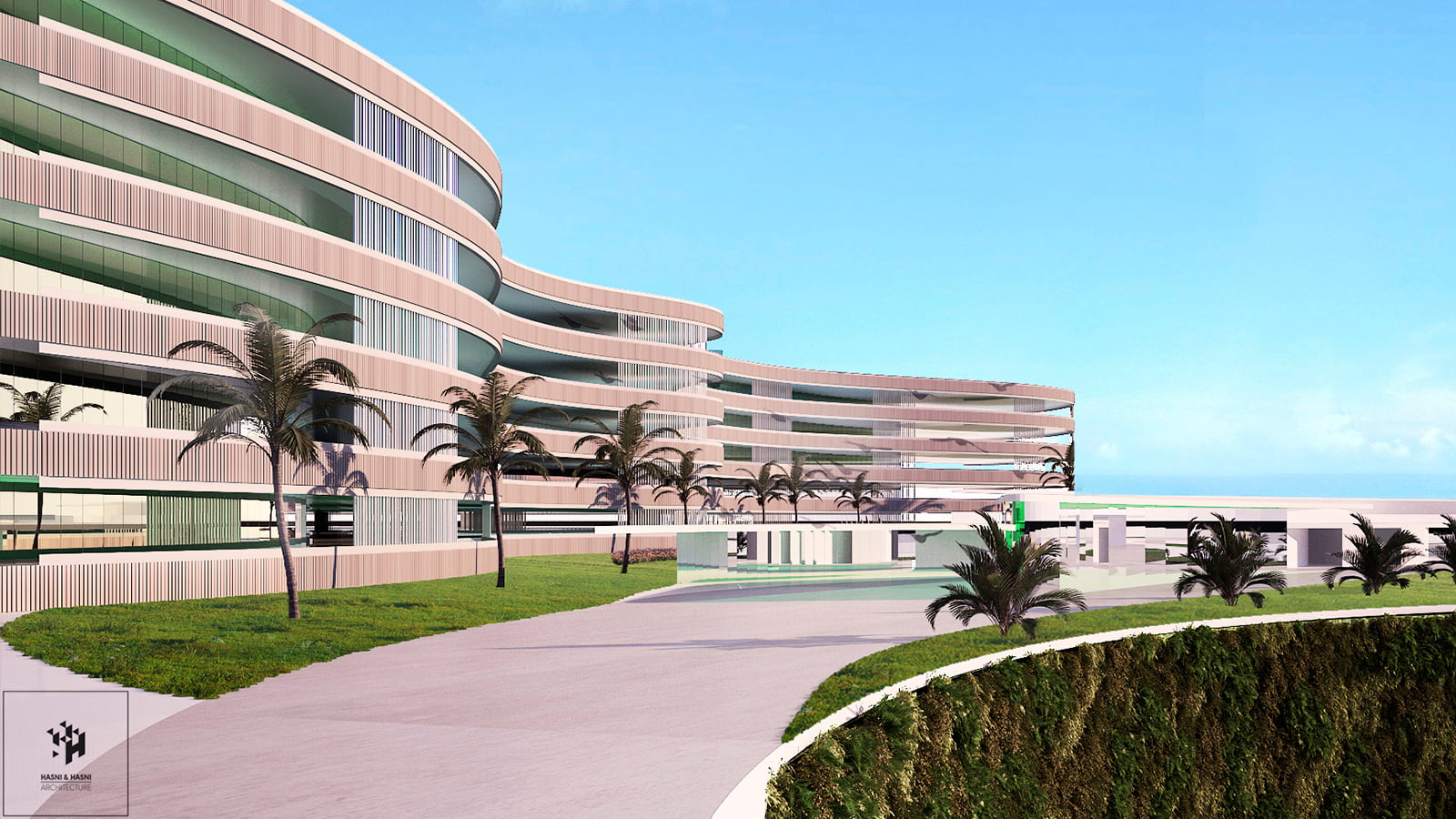Sharm El Naga
Location: Hurghada, Egypt
Project Duration: 2019
Status: Design development
Project Summary
Sharm el Naga, or how to create a project in the middle of nowhere in the desert on the East coast of the Red Sea. The first precedent for this is the city of Tell El Amarna that Akhenaton established thousands of years ago.
Akhenaton (1353BC-1337BC) was a pharaoh with a revolutionary concept. He was the first to rebel against his own reign. While his father Amenhotep III left him a stable and prosperous kingdom (a rarity in ancient Egypt), the new king, Amenhotep III, rebelled and changed his name to Akhenaton, meaning “one who is in adoration of Aten.” He left the classical capital of Thebes to create a new capital. It was Aten himself who showed him its location.
A place that belonged to no one, where no other god was worshiped. A place in the middle of the desert on the East bank of the Nile, where the sun rises. A city that arose in the desert between two hills and the sun. Akhenaton also rejected all standards of beauty.
The pharaoh wanted to be depicted as deformed, with a protruding belly, a deformed head, and oversized hips, possibly aiming for a realistic representation.
Pharaohs are generally depicted in their prime, with perfect proportions. Socially, it was the first time the pharaoh was depicted in his family intimacy in the face of his daughter’s death. Architecture also changed, as did the construction system, with a standardization of blocks from the quarry to the construction site.
A slab is laid under the project on which the prefabricated modules, known as “thalatet,” are built. Akhenaton also revolutionized writing by simplifying it to make it accessible to everyone.
Based on this theoretical background of Tell el Amarna, the project’s master plan was reformulated, with an axis towards the bay surrounding the project.
A central dome covers the disparate parts of the common areas. The entire project is conceived as an astronomical chart following celestial lines.
The relationship between the room and its exterior is also questioned by a landscape that enters the room. The left side of the project, located on a cliff, was shaped to follow the natural curves of the terrain and take advantage of the panorama of the bay.
Allrights reserved – Hasni and Hasni Architects 2024

